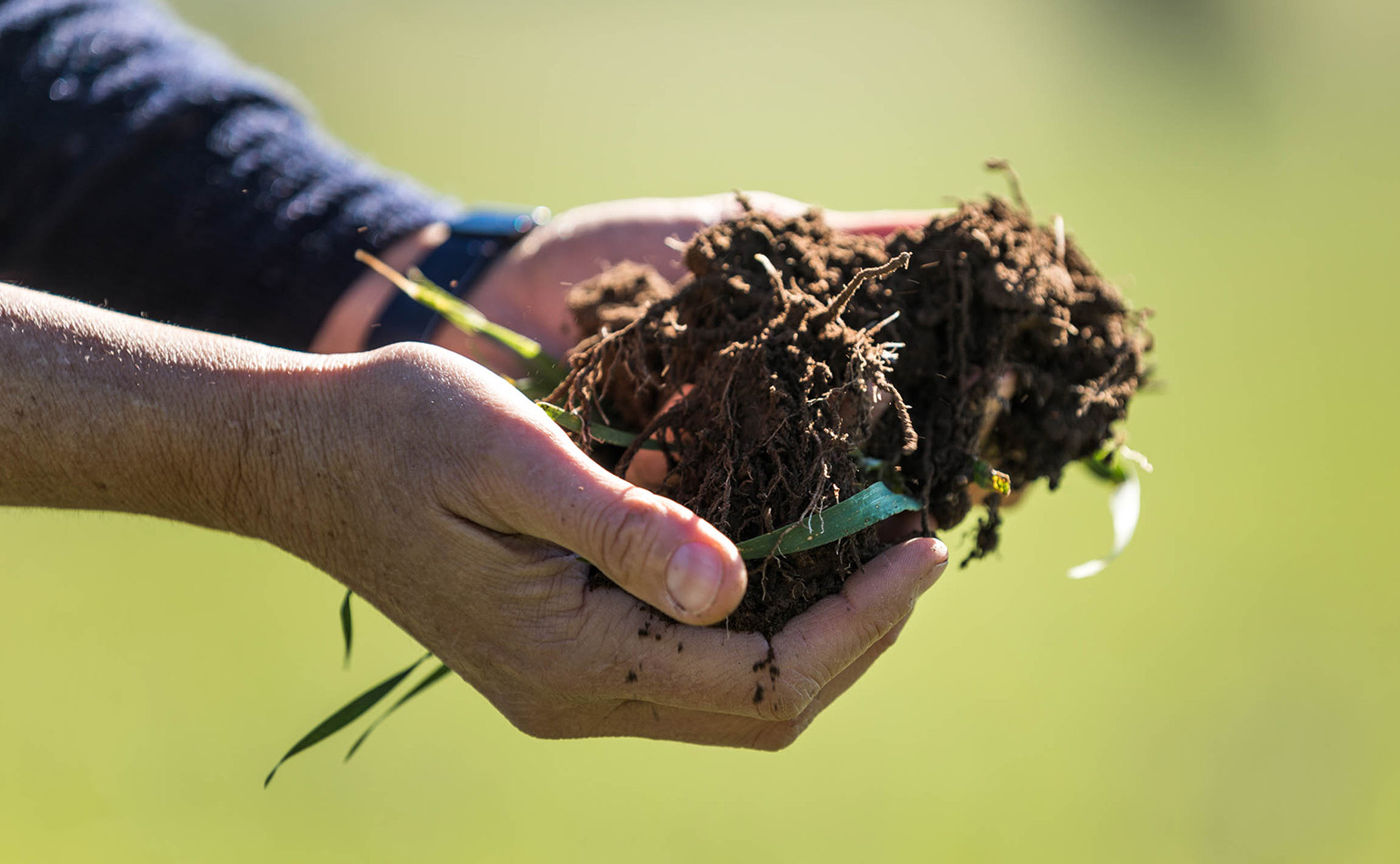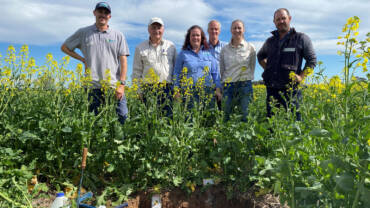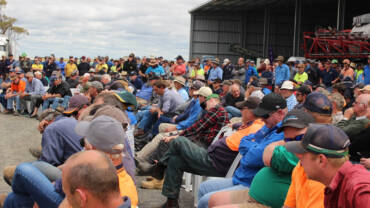Soil carbon – if it is cheaper to measure, will it increase faster?
soil carbon | Posted Oct 01,2020Dr Michael Crawford, CEO, Soil CRC
Opinion
The Australian Government’s Technology Investment Roadmap, recently released by Minister for Energy and Emissions Reduction Angus Taylor, rightly identifies soil carbon sequestration as a technology for helping to offset the emissions of greenhouse gases elsewhere in society. But the major impediment to soil carbon sequestration is not the high cost of measurement, as stated in the Roadmap, but the lack of reliable, adoptable, profitable methods for sequestering carbon in Australian soils under our farming systems.
Reducing soil carbon measurement costs and saying it will increase soil carbon sequestration is like saying “get a better stopwatch and you will run faster”.
Reducing soil carbon measurement costs to (hopefully) encourage more farmers to participate in the Emissions Reduction Fund is goal displacement – it doesn’t necessarily mean that more carbon is being sequestered.
To capture and store more carbon in soil, farmers need more research into pathways for effective and reliable soil carbon sequestration – on more soil types, across more enterprises, under a changing and increasingly variable climate. And we need targeted programs to help farmers understand and adopt the improved practices.
Good farmers know that increasing organic carbon is good for their soil and good for their productivity. It makes soil healthier and more fertile, increases water infiltration and storage, improves soil structure, and boosts resilience to drought and erosion.
The challenge is to be able to increase soil organic matter levels reliably and profitably. Some of the practices commonly proposed are already mainstream in Australia. Minimum tillage practices are used by more than 90% of graingrowers in Western Australia, with similarly high adoption rates elsewhere. Bare fallow and stubble burning are less common than a few decades ago and the majority of livestock producers already rotationally graze their stock.
However, in many of Australia’s soils, and in our variable and low rainfall climate, these practices are not enough. Soil organic carbon levels have stagnated in many farming systems or continue to decline, albeit less quickly. There is much excitement emanating from North America about a range of alternative practices that can help regenerate the soil. But their soils, climate and farming systems are so different from Australia’s, that the principles and practices cannot always be easily transferred.
The use of cover crops (to extend the amount of time that living biomass is actively pushing carbon into the soil), plant diversity (to broaden the quality of soil carbon inputs) and biological stimulants (to encourage the soil biology so important to longer term carbon sequestration) are all showing promise in Australia, but they need further research and development to give more farmers the confidence to adopt them.
The application of external sources of organic carbon, such as biochar, biosolids, composts and mulches, also show promise but they need further research. We must address challenges with their agronomic and economic effectiveness and efficiency before more farmers will adopt them.
The Soil Cooperative Research Centre (Soil CRC), with funding from the Australian Government and 40 partners across Australia, is bridging the gap between soil scientists and farmers. Our researchers work with farmers and farmer groups to investigate and develop pathways for famers to improve their soil. Some promising technologies are emerging.
Other research groups such as the Rural Research and Development Corporations (RDCs), state government departments, CSIRO and universities, are also doing great research in this area. Importantly, there is a large groundswell of farmer-led investigation into potential opportunities, much of which could benefit from more support.
But given the diversity of Australia’s soils, farming systems and climate, and the challenge (or opportunity) that exists, there is much more that can be done.
If the Australian Government’s objective is for more farmers to participate in the Emissions Reduction Fund, then reducing the cost of soil carbon measurement will have some impact. If the Government’s objective is to increase the amount of carbon being sequestered in soil, and significantly offset or drawdown the greenhouse gases being emitted elsewhere, then there needs to be a larger focus on developing the pathways for farmers to do that – reliably, consistently and profitably.





